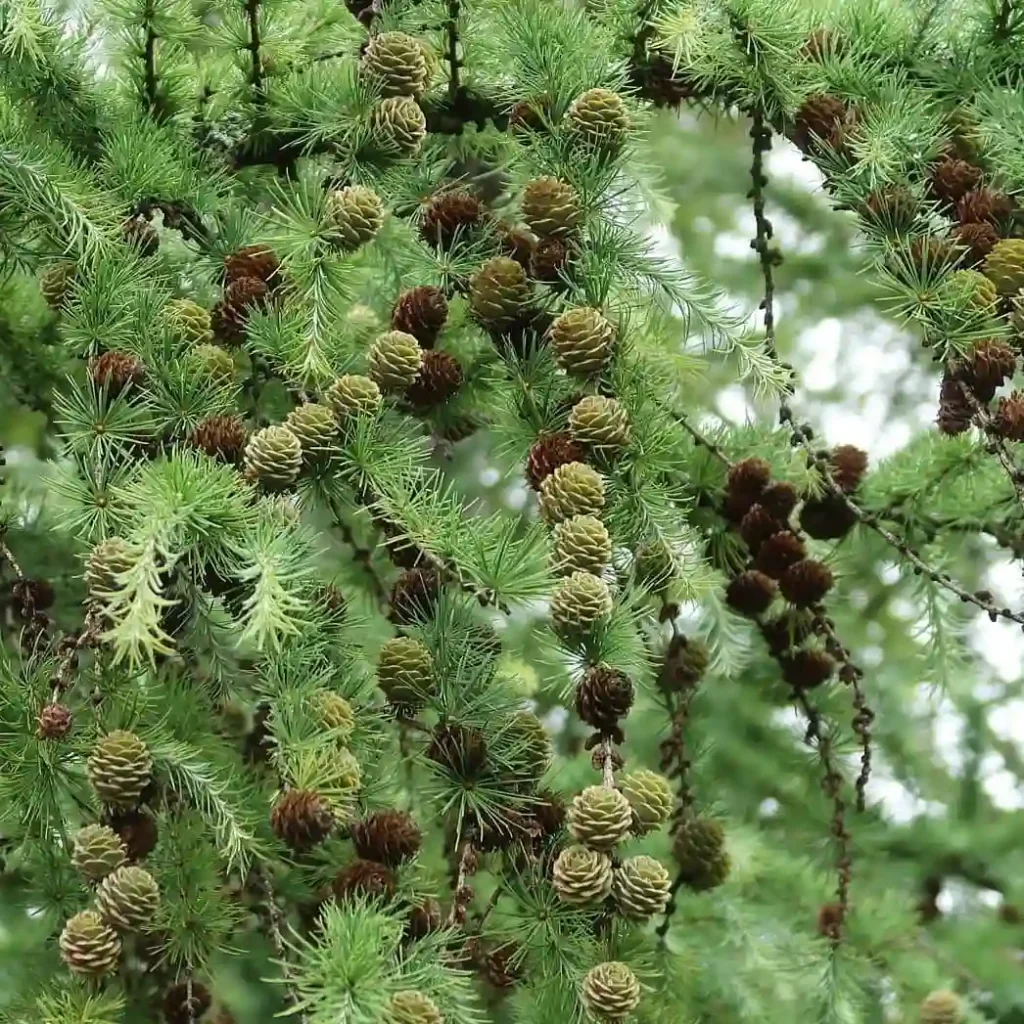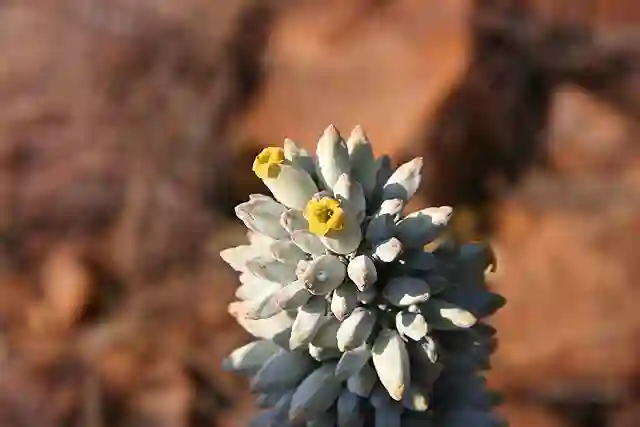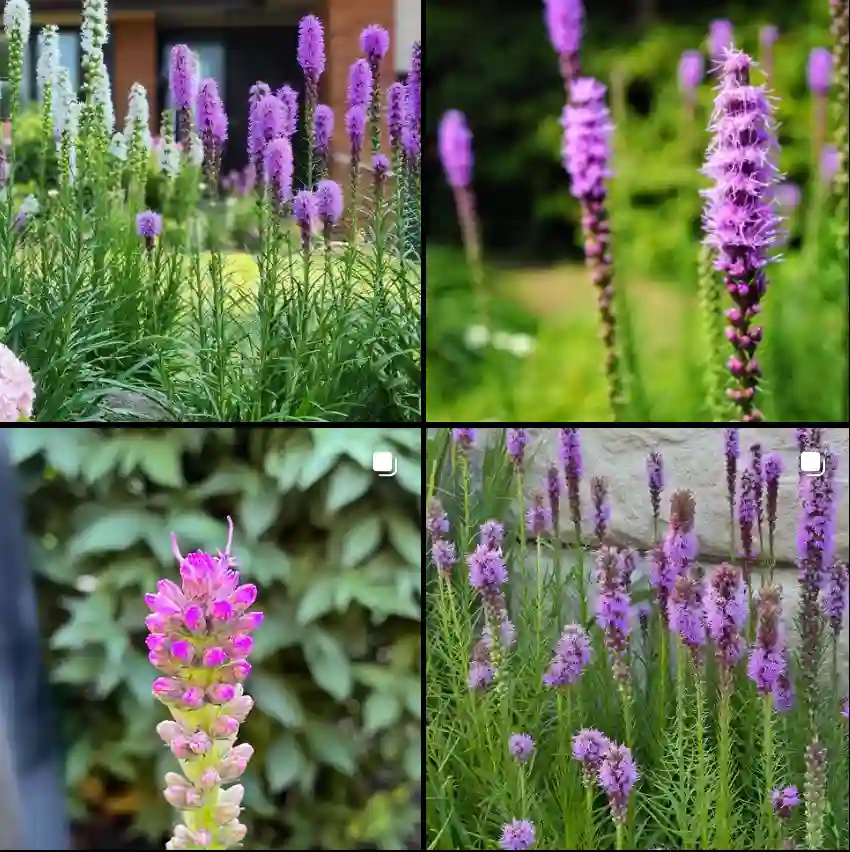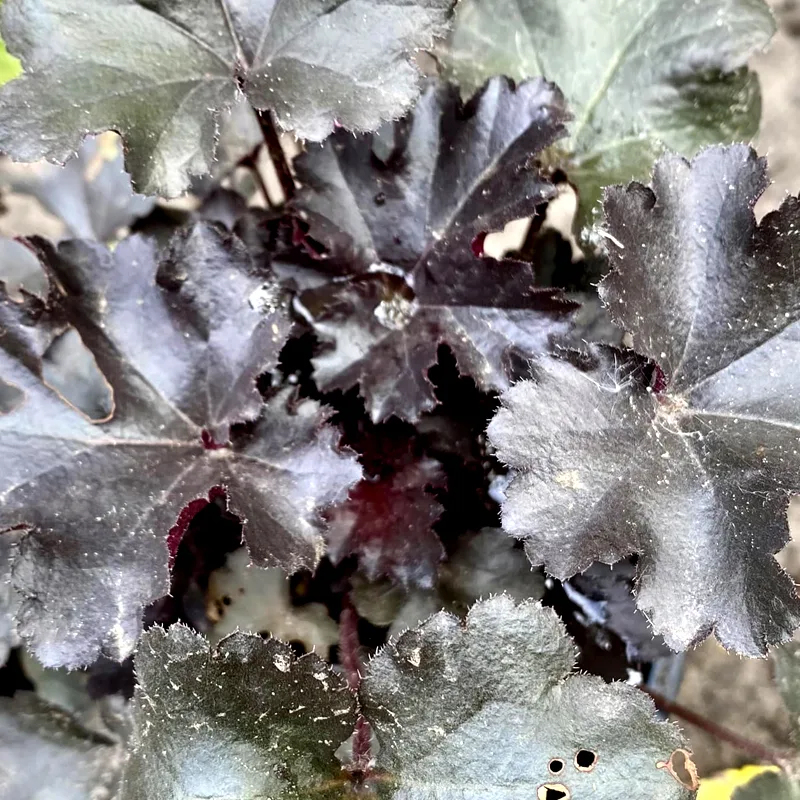Frequently Asked Questions about Illicium Scorpio
When I first discovered Illicium Scorpio, or what some may call the Illicium Star Flower Scorpio, I was captivated by its unique structure and allure. As a garden enthusiast, I always gravitate towards plants that offer something different. With Illicium Scorpio, its star-shaped blooms and fragrant leaves immediately drew me in. Over time, I’ve gathered quite a bit of knowledge on this plant, so I wanted to share my experiences and answer some of the frequently asked questions about this fascinating plant.
40 Species in Genus Illicium
What is Illicium Scorpio?
Illicium Scorpio is a striking evergreen shrub known for its star-shaped flowers, hence the name Star Flower Scorpio Illicium. It belongs to the Illicium genus, which includes various species with aromatic leaves and interesting floral structures. Illicium Scorpio is native to parts of Asia and has gained popularity among gardeners for its ornamental value.
The plant stands out for its rich, dark green foliage that contrasts beautifully with the bright, star-shaped blooms. These flowers can range from creamy white to pale yellow, depending on the conditions they are grown in. One of the things I love about Illicium Scorpio is how it brings both beauty and fragrance to the garden. Its leaves, when crushed, release a distinctive spicy aroma that’s quite refreshing.
What is the Size of Illicium Scorpio?
Illicium Scorpio can vary in size depending on its environment, but generally, it reaches a mature height of 4 to 6 feet and spreads about 3 to 4 feet wide. I’ve noticed that with proper care, it can grow relatively quickly, filling in space in the garden beautifully. Its compact size makes it ideal for borders, hedges, or even as a standalone specimen in a garden bed.
How to Care for Illicium Scorpio?
In my experience, caring for Scorpio Illicium is quite straightforward. This plant prefers a location with partial to full shade, although it can tolerate some morning sun. The soil should be well-draining and rich in organic matter. I’ve found that keeping the soil consistently moist but not waterlogged is key to its health. Mulching around the base helps retain moisture and keeps the roots cool.
Fertilizing once in the spring with a slow-release fertilizer has worked well for me, as it provides the nutrients needed for steady growth. Pruning isn’t often required, but if you want to shape the plant or remove any dead branches, it’s best done in late winter or early spring.
How to Propagate Illicium Scorpio?
Propagation of Illicium Scorpio can be done through cuttings. I typically take semi-hardwood cuttings in late summer, around August. After removing a healthy cutting, I dip the end in rooting hormone to encourage faster root development. Then, I plant it in a pot with a mixture of peat and perlite, keeping it in a warm, humid environment until roots form. Patience is key here, as it may take a few months for the cutting to establish strong roots.
What Can I Plant with Illicium Scorpio?
Pairing Illicium Scorpio with complementary plants can enhance the overall appeal of your garden. Since it thrives in partial to full shade, I like to plant it alongside ferns, hostas, or hellebores, which share similar growing conditions. I’ve also had success combining it with other shade-loving shrubs like Camellia or Rhododendron. The contrast between the bold foliage of Illicium Scorpio and the soft textures of ferns creates a visually striking effect in shaded garden areas.
Is Illicium Scorpio Toxic?
Yes, Illicium Scorpio is considered toxic, particularly the seeds and fruit, which contain compounds that can be harmful if ingested. As a general rule, I make sure to plant it in areas that are out of reach of pets and small children. The spicy fragrance of its crushed leaves is a beautiful feature, but the plant’s toxicity is something to keep in mind when planning your garden layout.
How to Handle Pests and Diseases?
I’ve found Illicium Scorpio to be relatively pest-resistant, which is a blessing for any gardener. However, it’s not entirely immune. Occasionally, aphids or scale insects may appear. I typically deal with them by spraying the plant with insecticidal soap or neem oil, which keeps infestations under control. Proper air circulation around the plant can also prevent fungal diseases, which are more common in humid environments. If you notice any powdery mildew or leaf spot, treating it early with a fungicide can save the plant from further damage.
Why Choose Illicium Scorpio for Your Garden?
For me, Illicium Scorpio is an easy choice when looking for a unique and versatile shrub. Its evergreen nature ensures year-round interest, while the star-shaped flowers add seasonal beauty. Its manageable size and low-maintenance care make it a great option for both novice and experienced gardeners.
One of the standout features is its adaptability. Whether you’re looking to create a shade garden or need a striking shrub for a woodland setting, Scorpio Illicium fits the bill. The spicy fragrance of its leaves is an added bonus, making your garden not only look good but smell delightful too.
Conclusion
Illicium Scorpio, or Star Flower Scorpio Illicium, is a plant that offers more than just ornamental value. Its fragrant leaves, starry blooms, and ease of care make it a must-have for any garden. Whether you’re planting it as part of a border, using it in a shaded area, or simply enjoying its aromatic qualities, this plant won’t disappoint. I’ve enjoyed having it in my garden, and I hope you will too.
If i die, water my plants!



